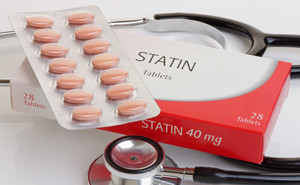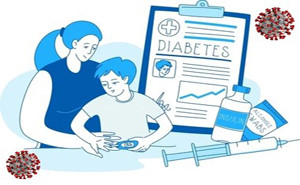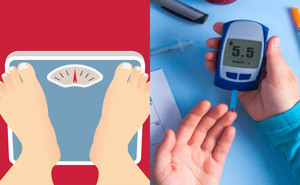Posted by Incepta Pharmaceuticals Ltd.
Diabetes Journal: ADA publications
Several
randomized clinical trials have shown the possibility of preventing or delaying
the onset of type 2 diabetes in nondiabetic adults at high risk of developing
the disease. Successful interventions have included drugs (not further
discussed here) and lifestyle interventions emphasizing weight loss...
In patients with type 2 diabetes
mellitus, insulin may be used to augment therapy with oral glycemic medications
or as insulin replacement therapy.The goals of therapy should be
individualized based on many factors, including age, life expectancy, comorbid
conditions, duration of diabetes, risk of hypoglycemia, cost, patient motivation,
and qu...
The
American Diabetes Association (ADA) “Standards of Medical Care in Diabetes”
includes the ADA’s current clinical practice recommendations and is intended to
provide the components of diabetes care, general treatment goals and
guidelines, and tools to evaluate quality of care.
Recommendations
Chronic Kidney Disease - Screening
At...
JAMA Internal MedicineTAKE-HOME MESSAGEThis retrospective study evaluated
the association between statin initiation and diabetes progression. Progression
of diabetes occurred in significantly more statin users. There was a
dose–response relationship with higher-intensity statin use.The study examined 12 years of data
on patients covered by the...
Children who are infected with
COVID-19 are at a higher risk of developing diabetes, according to a new study
by the Centers for Disease Control and Prevention (CDC). Increased incidence of
diabetes seen among patients aged younger than 18 years after acute COVID-19
infection versus those without COVID-19.
Key Summary
What is already...
DIET, PHYSICAL ACTIVITY, AND BEHAVIORAL
THERAPY
Diet, physical activity, and
behavioral therapy designed to achieve and maintain >5% weight loss
should be prescribed for patients with type 2 diabetes who are overweight
or obese and ready to achieve weight loss.
Such interventions should be high
intensity (≥16 sessi...
COVID-19
may elevate the risk of hyperglycemia and other complications in patients with
and without prior diabetes history. Individuals
with preexisting diabetes show higher incidence of COVID-19 illness and poorer
prognosis upon infection. Likewise, an increased frequency of diabetes onset
and diabetes complications has been reported in patie...
Diabetes, a silent killer, is a
leading cause of neuropathy. Around 50% of diabetic patients develop peripheral
neuropathy in 25 years. Painful diabetic neuropathy manifests as burning,
excruciating, stabbing or intractable type of pain or presents with tingling or
numbness. The pathophysiology of this
condition is due to primarily metabolic a...
Obesity is now recognised as a
disease that is associated with serious morbidity and increased mortality. One
of its main metabolic complications is type 2 diabetes, as the two conditions
share key pathophysiological mechanisms. Weight loss is known to reverse the
underlying metabolic abnormalities of type 2 diabetes and, as such, improve
gluc...
Insulin Initiation in Patients
with Type 2 Diabetes
Insulin initiation and titration is
a challenge for many primary care providers (PCPs) involved in the treatment of
patients with type 2 diabetes. What are ADA recommendations?The early introduction of insulin should be considered -· if
there is evidence of ongoing catabolism (weight...









